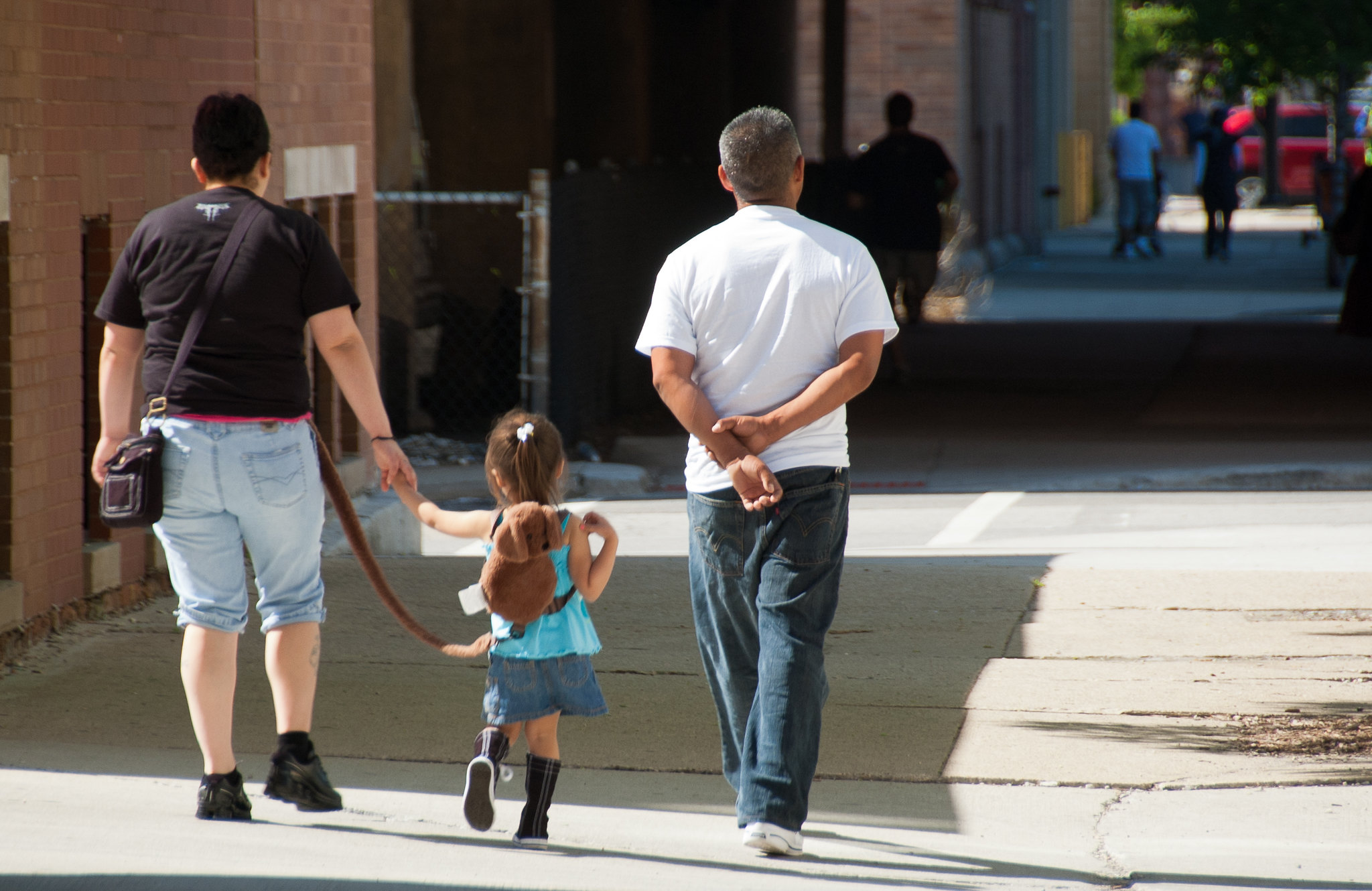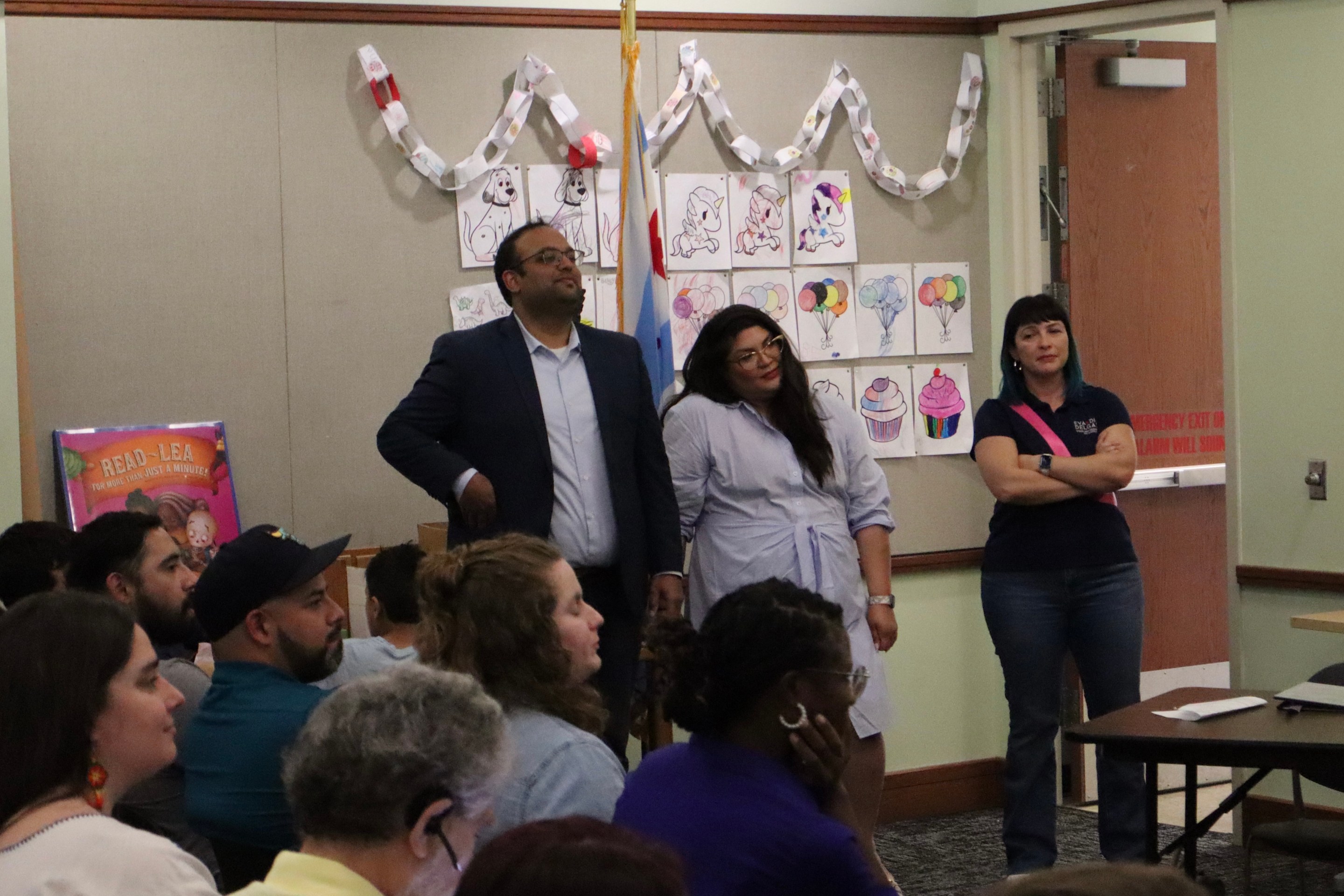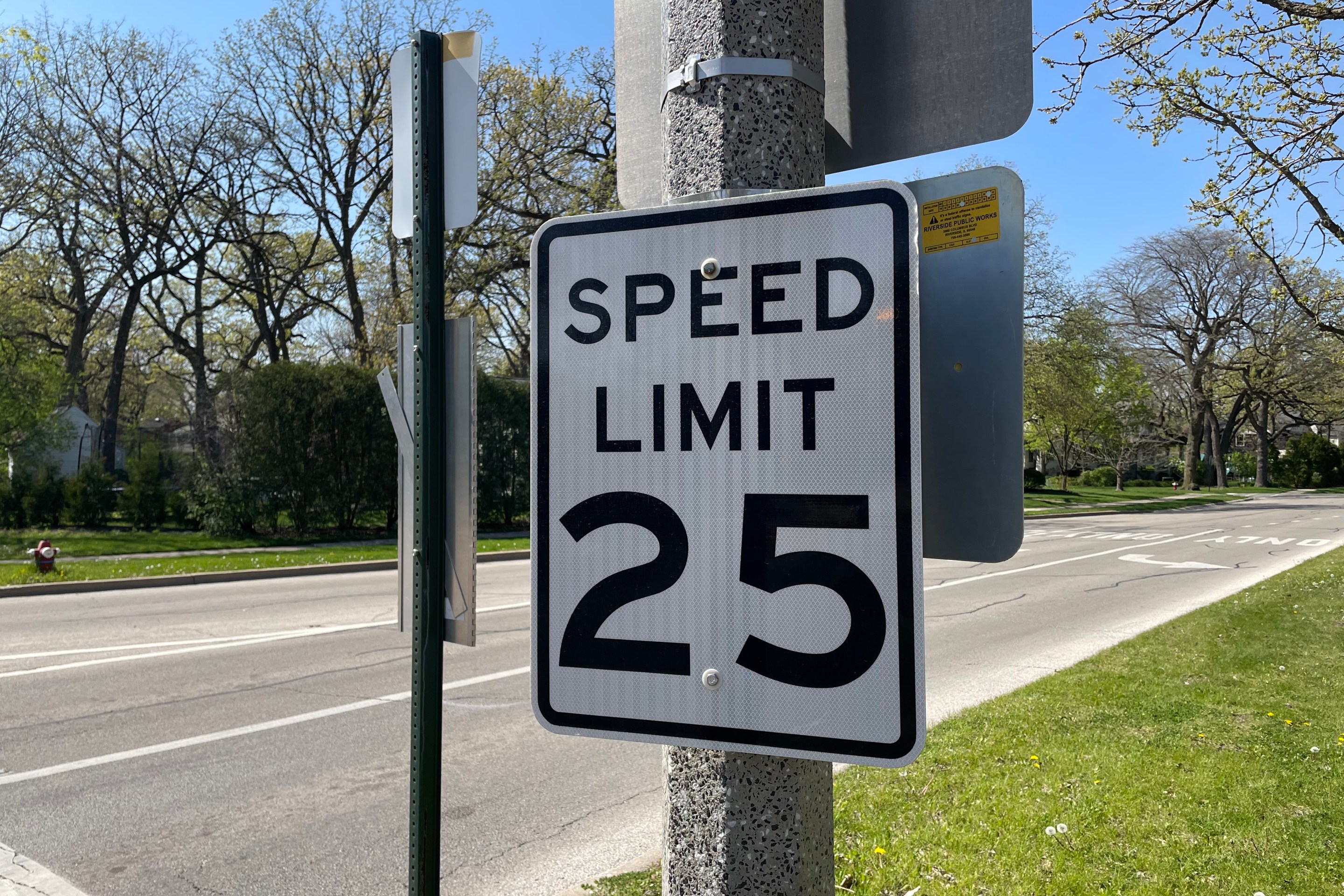The Active Transportation Alliance has launched a petition where you can voice your support for fair ride-hail fees and better CTA service to elected officials. Add your name to the petition here.
It seems I can’t log into Twitter without seeing an Uber ad against Mayor Lightfoot’s proposed ride-hail tax, meant to address congestion and provide funding for mass transit improvements.
Uber is aggressively coming at this proposal, feverishly underscoring the benefits of its services, but unsurprisingly failing to highlight any of the troubling context that led to this proposal. Between 2015 and 2018, the annual number of ride-hail trips in Chicago grew by 271 percent and the vehicle miles traveled by passengers increased by 344 percent. It is obvious that the status quo of ride-hail in our city isn’t working and is deepening congestion, pollution, and undermining our public transit system.
One of Uber’s recent Twitter ads quotes the recent Sun Times article highlighting some of the critiques of the proposal, “App-based ride-sharing has been a lifeline for single moms who didn’t have a way to get to the grocery store, the Laundromat, to take their child to the doctor.”
I don’t dismiss the role that Uber and Lyft has played in filling gaps where taxis won’t go or public transit falls short. I always think of my friend who lives on the Far South Side who otherwise wouldn’t have many options when arriving late at the 95th Red Line stop.
Ride-hail has been a simple solution for a complex problem and simple solutions rarely address deeply systemic issues; they merely provide band-aids that, in the long-term, often exacerbate problems. There is nothing innovative about a model of driving cars around our neighborhoods picking people up. It can be one part of mobility, but to continue giving unlimited power and space to this model on our streets is not sustainable and is not visionary. In the same vein, it hurts our public transit system, creating even less reliable options for people to move beyond cars.
It often feels that there isn’t room for being visionary or imaginative when it comes to thinking about what our streets should look like beyond cars. Uber says that they pick people up where and when no else can. Do we really want that to be the vision we uphold for our streets, that people can’t move unless a private car picks them up?
I was taking a walk earlier today and I was thinking how much more relaxed it made me feel. It was a blessing being able to walk around the neighborhood. I think about the many ways people move beyond a car and how they each provide a certain level of freedom and purpose. What I feel on a bike is distinct from what I feel on a train, but I appreciate them all in their own ways.
My friend Mayra and I took a walk around Bridgeport last week and I remarked how she was one of the few people I knew who likes long walks. She is legitimately one of the few people I know who uses all modes to get around. She takes walks, uses her bike, rides transit, and drives. Later on she said that it feels good to “use all modes to get to places, using our own bodies.” Seeing our bodies as having potential for freedom of movement is powerful and we should be shaping our streets to offer us more of that. We should be think about how we make it so more people have that freedom.
Cars have a place on our streets. After all, we’ve shaped our cities and regions to accommodate them. However, to continue to prioritize them in our visioning is just truly revealing a lack of vision and lack of imagination. We shouldn’t want to relegate people to mere cars and we shouldn’t expect that to be the solution to our deeply entrenched transit and mobility issues.
We should be visionaries when it comes to expanding public transit, providing safe streets for people with disabilities and other pedestrians, and helping create more opportunities for people to use our bodies to simply move freely. As much as Uber wants to convince us that they are the solution to our mobility issues, they don’t provide us a liberating model for our streets. They simple increase our dependency on their model, while diminishing all other forms.
Our policies should center around the question, “What freedom do we grant people when we make more room on our streets for modes beyond cars?” There is power in movement and we aren’t reaching our full potential when we keep shaping our world around cars. The more imaginative we allow ourselves to be in terms of the potential our bodies have for movement, the less we settle for a model that reduces us to sitting in a car. We deserve more than that. We deserve more than the model Uber is selling us and we should demand more than that on our streets.
Click here to add you name to Active Trans' petition in support of the fair ride-hail tax plan.




